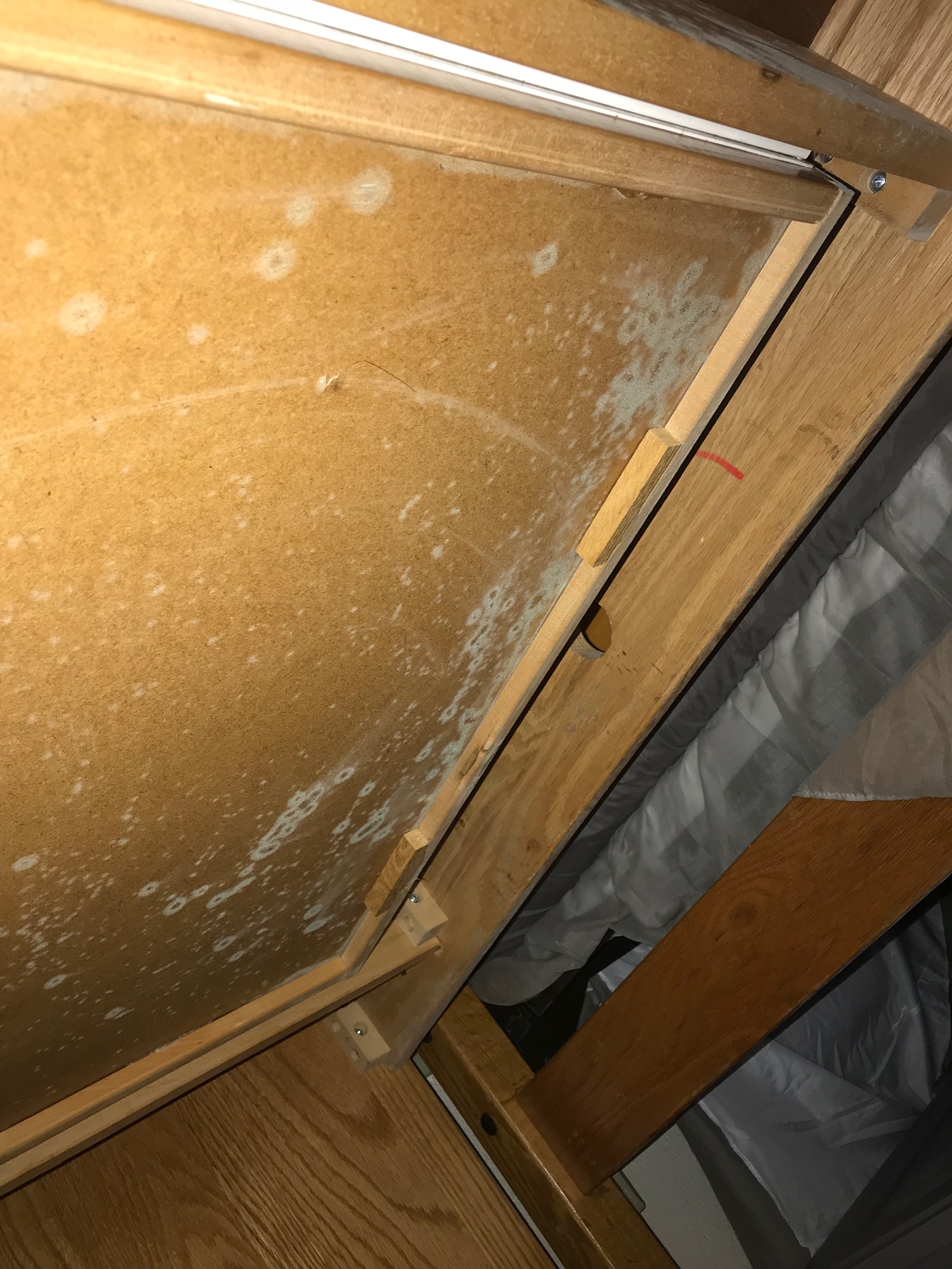Views expressed in opinion columns are the authors’ own.
Mold. No AC. High prices. Long waitlists. For University of Maryland students, housing is a major source of stress, and it shouldn’t be.
Just this year, 350 of the first-year students who requested on-campus housing were placed into forced triples and makeshift rooms in lounges, while 130 were put on a waitlist. Hundreds more are now being relocated due to mold. Past incidents of burst pipes, power outages and sewage disposal issues — not to mention hate bias incidents and insensitive responses to mental health concerns — all point to this university’s inability to provide safe, quality housing for its students.
Freshman psychology major Shannon Cleary, quoted in the report of mold in Elkton Hall, said it perfectly: “We should be focusing on school, not our rooms covered in mold.”
Our own Department of Resident Life touts the numerous benefits of on-campus housing: easier access to academic resources, a sense of community, improved graduation rates. But relocation, harassment and sickness — on top of an average monthly rent of $990 per month for a traditional double room — is physically, mentally and financially detrimental to students, making it increasingly difficult for them to reap those benefits.
These horror stories signal that this university is not equipped to manage housing for a student population as large as ours — and we should not force it to do so. Instead, the university should strike a balance, giving students a full range of choices over where they live.
Though the convenient location of on-campus housing is nice for some, not everyone wants to live with a resident assistant. While some might like the coziness of a high-rise apartment, others might prefer a house with a yard. For commuters, living with family and commuting from home can provide emotional support and stability, or it can lead to traffic-induced migraines and stress. Regardless of students’ preferences, they should be able to choose what living situation is best for them. But students shouldn’t be confined to only one option.
To adequately house its students, this university should continue its plan to build more on-campus housing and renovate existing on-campus housing, prioritizing structural improvements such as improved insulation to ensure environmental sustainability, durability and resistance to natural disasters or health hazards, and seeking funding from the state to reduce housing costs incurred by individual students, which are rarely covered by scholarships or financial aid.
This university should also work with the city to provide tax incentives to developers to build affordable student housing — rather than upscale apartment complexes — and to enforce existing housing codes to ensure livable conditions. The school could also work with the state to provide vouchers to subsidize students’ housing costs, giving preference to students from low-income families who can’t rely on family assistance for rent.
Pursuing a variety of these strategies will give students more agency in where they live, alleviate the on-campus housing nightmare and ensure that all students have a safe, stable, affordable — and hopefully mold-free — place that they can call home.
Olivia Delaplaine is a junior government and politics major. She can be reached at odelaplaine15@gmail.com.



